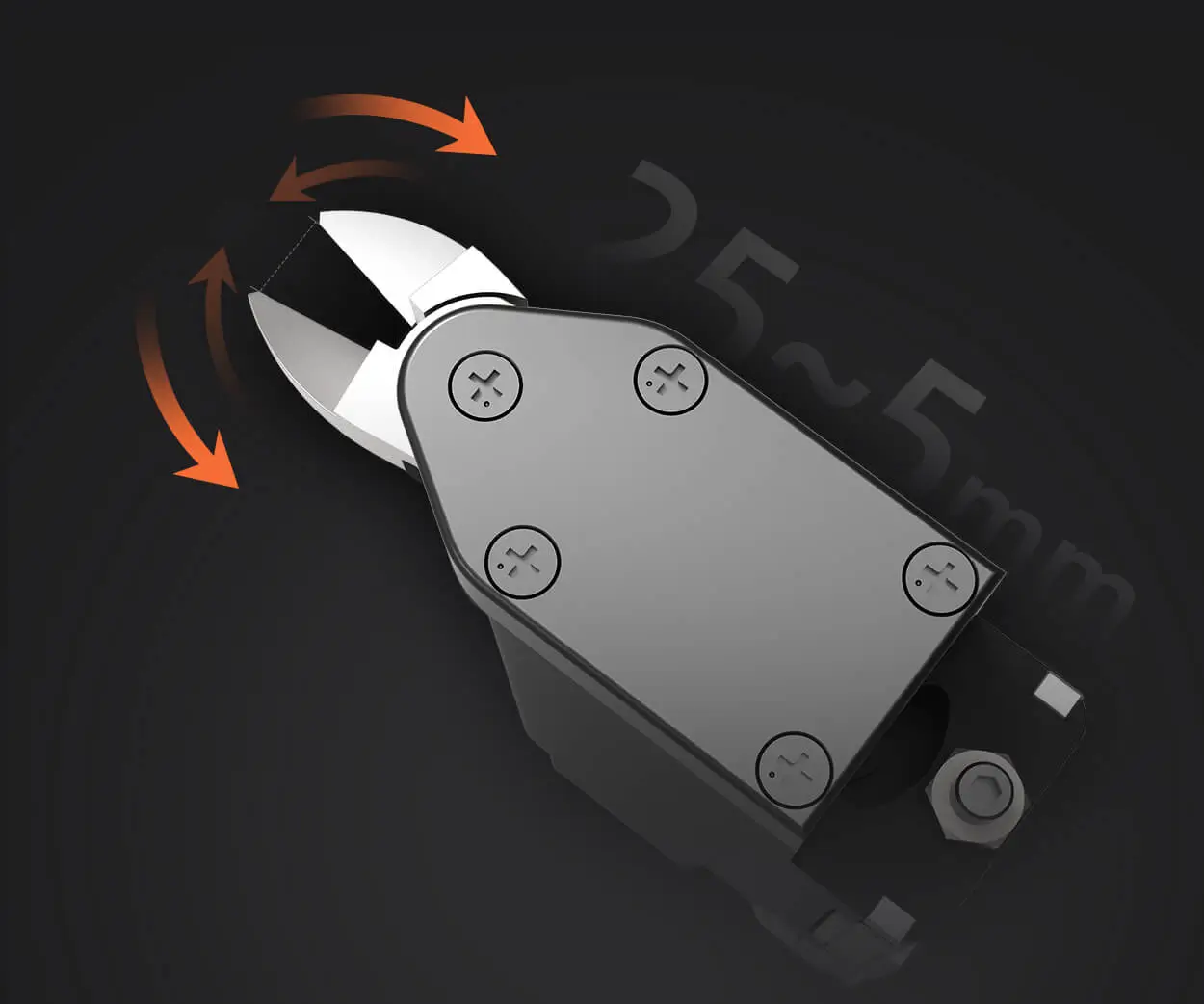In the ever-evolving world of automation and robotics, the quest for precision, efficiency, and reliability is relentless. Among the technological marvels driving this revolution are brushless servo motor control sets—compact yet powerful systems that have redefined how machines move, respond, and perform. If you’ve ever marveled at the seamless operation of robotic arms, autonomous vehicles, or CNC machines, you’ve likely encountered the silent prowess of these control sets in action.

What Are Brushless Servo Motor Control Sets?
At their core, brushless servo motor control sets consist of a motor, a sophisticated control unit, and often, feedback sensors. They work together harmoniously to deliver precise rotational or linear motion, adjusting speed and torque dynamically in response to commands. Unlike brushed motors, which rely on brushes and commutators that can wear out over time, brushless motors eliminate these parts, offering enhanced durability, efficiency, and performance.
The "brushless" attribute invites a host of benefits. Resistance to wear and tear culminates in longer lifespan, lower maintenance costs, and higher reliability—especially vital in industrial and commercial applications. Meanwhile, the integrated control units are typically embedded with advanced algorithms that interpret feedback signals, enabling real-time adjustments to ensure accuracy, stability, and smooth operation.
Why Are These Control Sets Gaining Traction?
The surge in popularity is no accident. As industries demand finer control and higher throughput, traditional motors just don’t cut it anymore. Brushless servo motor control sets shine through their ability to deliver unparalleled precision—down to fractions of a degree—and rapid response times. They also boast high torque-to-inertia ratios, making them suitable for applications requiring sudden starts, stops, or directional changes.
Furthermore, these systems are highly adaptable. Whether integrated into miniature medical devices or large-scale manufacturing robots, the modular nature allows engineers to tailor control strategies, voltage levels, and feedback mechanisms to fit specific needs. This flexibility accelerates innovation, making once complex motion tasks manageable with a turnkey solution.
Inside the Control Set: The Building Blocks
A typical brushless servo motor control set includes several key components:
Brushless DC Motor (BLDC): The core actuator responsible for motion, designed with stator windings and a rotor with permanent magnets. Its efficiency stems from minimized electrical and mechanical losses. Motor Driver / Inverter: Converts DC power into AC currents that energize the motor coils. Advanced drivers incorporate field-oriented control (FOC) algorithms to optimize torque and speed. Feedback Sensors: Usually encoders or resolvers that monitor the motor’s shaft position and velocity, providing critical data to the control system. Control Unit / Controller: A microcontroller or FPGA-based system that processes feedback, computes control signals, and communicates with external systems. It often features user interfaces, programming options, and diagnostic tools.
The Control Strategy: How It All Works Together
The magic is in the control algorithms. Many systems employ Field-Oriented Control (FOC), which aligns the motor’s magnetic fields for maximal torque output with minimal energy loss. The control unit constantly reads sensor data, estimates the rotor’s position, and adjusts the inverter’s switching signals in real time.
This tight feedback loop results in swift, accurate responses. For example, if a robotic arm needs to position a tool with sub-millimeter precision, the control set continuously adjusts current commands, smoothing out jitters or oscillations—even under heavy loads.
Applications Across Industries
Industry-wide, the versatility of brushless servo motor control sets is evident. They are the heartbeat of CNC machining centers, enabling intricate cuts with tight tolerances. In aerospace, they power gimbal systems and actuation mechanisms that require unwavering stability in challenging conditions. In automotive manufacturing, they drive assembly robots that perform millions of precise welds and placements daily.
Medical applications also benefit immensely. Surgical robots and diagnostic equipment demand motion control systems that deliver reliability, responsiveness, and sterility—attributes intrinsic to brushless servo control sets. Even in consumer electronics like camera autofocus mechanisms, these systems provide the quick, smooth operation users expect.
The Evolution and Future of Brushless Control Sets
As digital control, IoT integration, and artificial intelligence advance, the capabilities of brushless servo motor control sets are expanding exponentially. Smarter algorithms now enable predictive behavior, fault detection, and adaptive tuning, making systems more resilient and easier to maintain.
The development of open-source platforms and standardized interfaces democratizes access to high-performance control solutions. This fosters innovation, allowing startups and researchers to experiment and develop new applications rapidly. Meanwhile, material advancements, such as high-temperature magnets and superconducting windings, point toward even more powerful, efficient systems in the pipeline.
Leveraging innovations in modular drive technology, Kpower integrates high-performance motors, precision reducers, and multi-protocol control systems to provide efficient and customized smart drive system solutions.




































